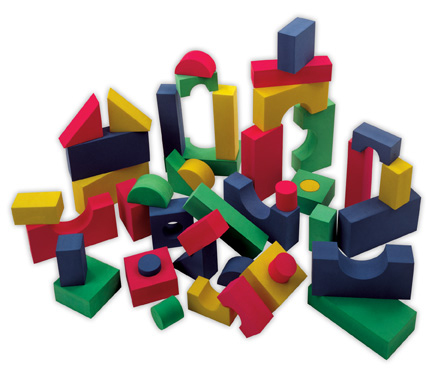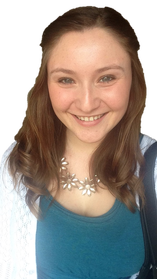| Some people view constructivism like this: placing one block on top of the other each time a new topic is learned. In this way, knowledge is continually growing in a linear fashion. |
| However, I feel like this is a more accurate representation of constructivism: you have to tear some towers down before you can build them back up, each tower containing different pieces of information that came from different places, of which, you hold different conceptions about. |
|



